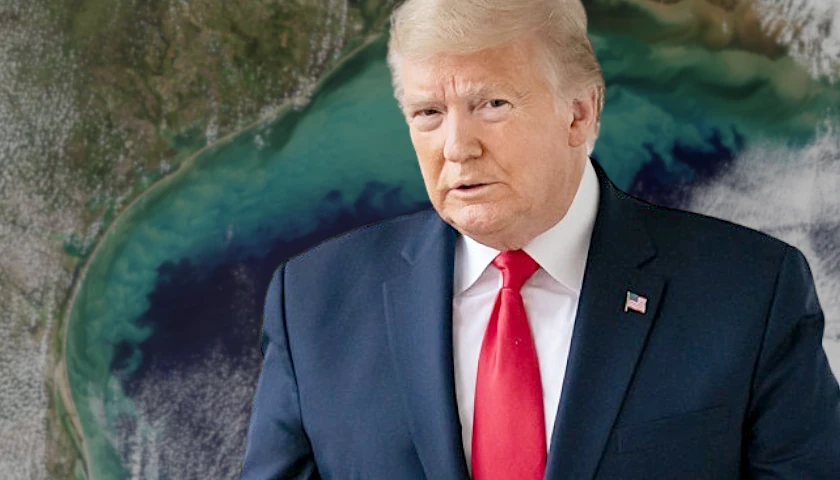by Will Kessler
The number of Americans working part-time jobs surged in March, while full-time jobs declined slightly, according to data from the Bureau of Labor Statistics (BLS) released Friday.
There were 28,632,000 people with part-time jobs in March, 691,000 more than in February, when there were 27,941,000, according to the BLS. In that same period, the number of people employed in full-time positions dropped by 6,000, from 132,946,000 to 132,940,000.
Over the last year, the number of people employed in full-time jobs has declined by more than 1.3 million, from 134,287,000 to 132,940,000, according to the BLS. In that same time period, the number of people with part-time jobs has skyrocketed from 26,744,000 to 28,632,000, an increase of nearly 1.9 million.
The number of people holding multiple jobs also jumped by 217,000 in the month as Americans looked for ways to make ends meet, according to the BLS. In just the last year, the number of people holding multiple jobs has increased by 492,000.
The flood of part-time work and hemorrhaging of full-time jobs continues dragging down the length of the average workweek; that hourly raise doesn't do much good when it's combined with a cut in your hours… pic.twitter.com/zujeEAwnUM
— E.J. Antoni, Ph.D. (@RealEJAntoni) April 5, 2024
 The huge increase in part-time jobs accompanies an above-trend jobs report, which announced that the U.S. added 303,000 in the month of March, far higher than economists’ expectations of 200,000. Despite the job gains, the number of people being laid off by American companies surged to 90,309 in the month.
The huge increase in part-time jobs accompanies an above-trend jobs report, which announced that the U.S. added 303,000 in the month of March, far higher than economists’ expectations of 200,000. Despite the job gains, the number of people being laid off by American companies surged to 90,309 in the month.
The job gains in March were led by increases in government employment, which totaled 71,000, above the average of 52,000 over the last 12 months. A substantial portion of the job gains also went to foreign-born workers, with employment levels increasing by 112,000 in the month.
High inflation has continued to stress consumers, leading many to get part-time jobs, with prices increasing 18.5% since President Joe Biden first took office in January 2021, most recently rising 3.2% in February year-over-year. To combat high inflation, the Federal Reserve has raised its federal funds rate to a range of 5.25% and 5.50%, raising the cost of credit for average Americans.
The White House did not immediately respond to a request to comment from the Daily Caller News Foundation.
– – –
Will Kessler is a reporter at Daily Caller News Foundation.




